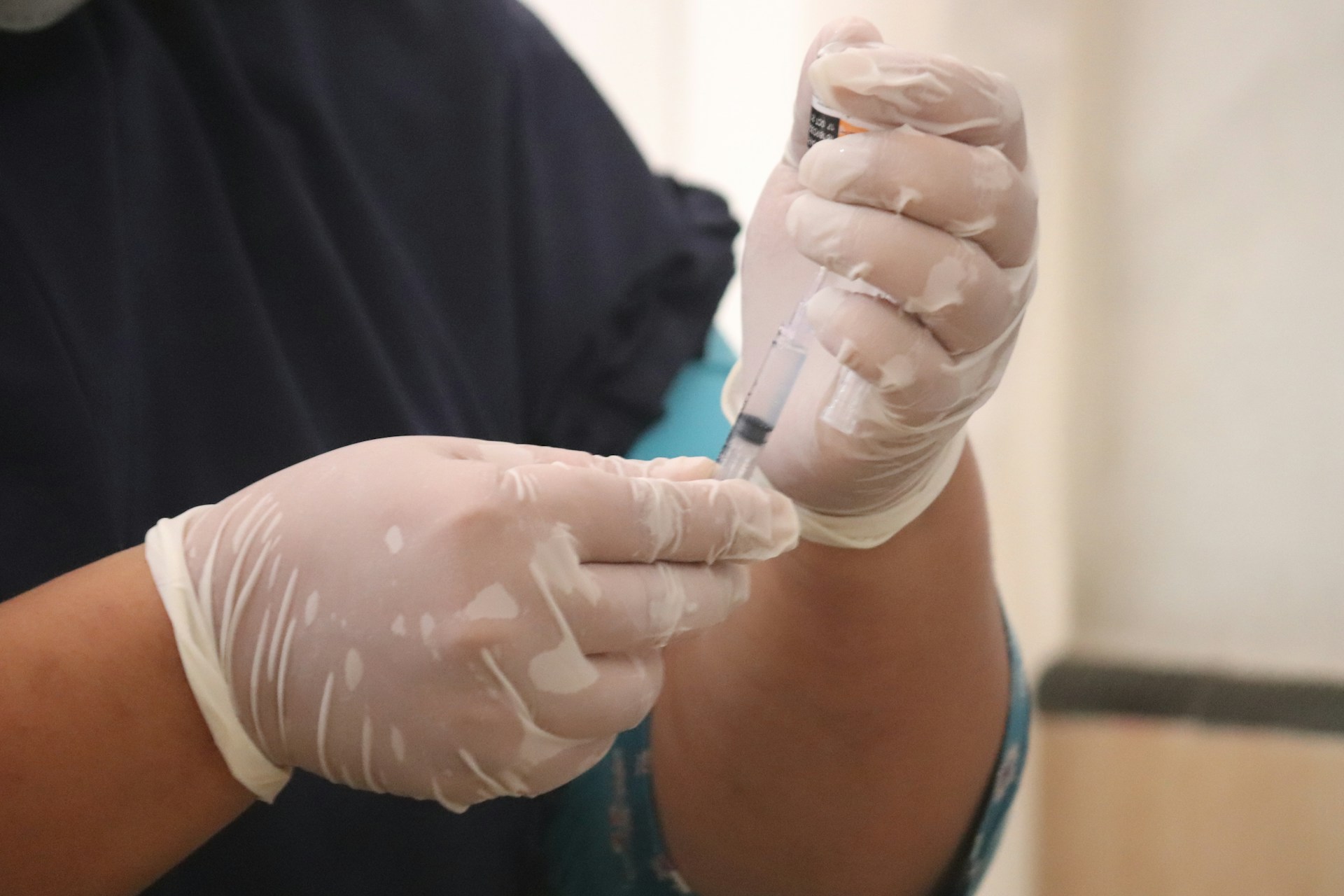Oncology’s power players increasingly herald antibody drug conjugates (ADCs) as a killer in oncology. This is because when ADCs can target these cancers with highly potent drugs directly to cancer cells, while sparing healthy tissue. Today there are hundreds of ADCs in clinical trial and several already approved for the treatment of difficult to treat cancers such as breast cancer and lymphoma.
Among the key players is Astellas Pharma, in conjunction with Seagen, who have developed enfortumab vedotin, which has revealed promising results for treatment of advanced urothelial carcinoma. Dr. Leading medical oncologist Scott Tagawa highlighted its potential, saying,
“Future development is not only with other drugs but also in the preoperative setting… the majority of patients may receive this for early-stage disease,”
signalling a broader application of ADCs beyond late-stage cancers.
Daiichi Sankyo and AstraZeneca’s trastuzumab deruxtecan has changed the standard of care in the HER2 positive metastatic breast cancer patients. Dr. And Institut Jules Bordet‘s Philippe Aftimos added that the breakthrough
“While trastuzumab deruxtecan is indicated for HER2-positive advanced/metastatic breast cancer, there were fears that the molecule was too large to cross the blood-brain barrier. However, results from the DESTINY-Breast12 trial have shown that patients with brain metastases have responded well to treatment,”
offering new hope to patients with previously limited options.
For example, loncastuximab tesirine (Zynlonta) has caught on as a successful treatment for large B-cell lymphoma. Dr. Nelson Yee, an oncologist at Penn State Health, emphasised the importance of this development:
“It shows good efficacy at this late line of treatment, and it is also convenient… we do not have concerns about cytokine release syndrome or neurotoxicity, making it a viable option for patients who are heavily pretreated”
While the potential of ADCs is obvious, Aftimos says more work is needed. That said, he notes: “This is being pursued with further understanding of biomarkers related to outcomes that we don’t yet have.”

Hassan graduated with a Master’s degree in Chemical Engineering from the University of Chester (UK). He currently works as a design engineering consultant for one of the largest engineering firms in the world along with being an associate member of the Institute of Chemical Engineers (IChemE).



